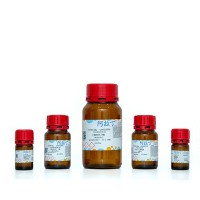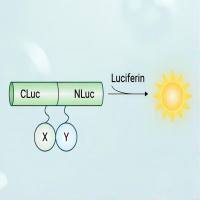Recently, our group and others found that cancer and inflammation can induce the expansion of the lymphatic vasculature (lymphangiogenesis) in draining lymph nodes in experimental animal models and in cancer patients (Hirakawa et al., J Exp Med 201:1089–1099, 2005; Qian et al., Cancer Res 66:10365–10376, 2006; Halin et al., Blood 110:3158–3167, 2007; Angeli et al., Immunity 24:203–215, 2006; Dadras et al., Mod Pathol 18:1232–1242, 2005). Since then, a growing number of reports have confirmed the importance of lymph node lymphangiogenesis in tumor metastasis, inflammation resolution, and dendritic cell migration to the lymph nodes (Angeli et al., Immunity 24:203–215, 2006; Hirakawa et al., Blood 109:1010–1017, 2007; Harrell et al., Am J Pathol 170:774–786, 2007; Kataru et al. Blood 113:5650–5659, 2009; Kataru et al., Immunity 34:96–107, 2011; Van den Eynden et al., Clin Cancer Res 13:5391–5397, 2007).
Conventionally, lymphangiogenesis in mice is detected by extensive quantitative analysis of lymphatic vessels in stained tissue sections. Here we present a noninvasive methodology that we have recently developed to image lymphangiogenesis in vivo in mice (Mumprecht et al., Cancer Res 70:8842–8851, 2010). This technique is based on the intravenous injection of a radioactively labeled antibody against the lymphatic vessel endothelial hyaluronan receptor-1 (LYVE-1), which is almost exclusively expressed on lymphatic vessels (Banerji et al., J Cell Biol 144:789–801, 1999; Preyo et al., J Biol Chem 276:19420–19430, 2001). The accumulation of the injected anti-LYVE-1 antibody in the lymphatic vessels is subsequently visualized by positron emission tomography (PET). Lymphangiogenic lymph nodes emit a stronger radioactive signal than control lymph nodes because they take up more of the radiolabeled anti-LYVE-1 antibody and thus are distinguishable from normal lymph nodes in the PET images.






